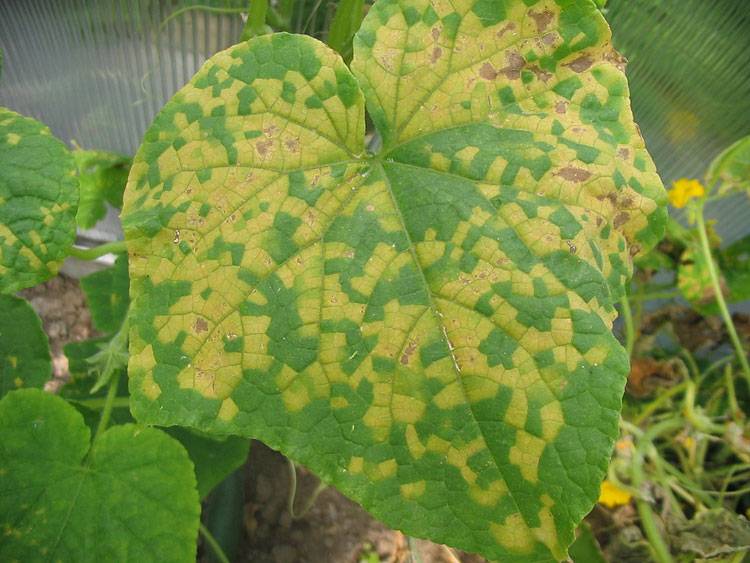Sponge gourd
Downy Mildew

Pseudoperonospora Cubensis
Fungal Disease

Pseudoperonospora Cubensis
Fungal Disease
Introduction
Pseudoperonospora cubensis is the pathogen responsible for cucumber downy mildew, a serious foliar disease of cucurbits. It thrives in moderate temperatures and high humidity, spreading rapidly under favorable conditions.
Environmental Conditions for Disease Development
- Temperature Range for Infection:
- Optimal: 15°C - 25°C
- Possible Infection: 5°C - 30°C
- Humidity Requirements:
- High humidity and prolonged wet leaf surfaces are crucial for sporulation and infection.
- Nighttime Conditions:
- Cooler nights with high humidity can facilitate infection, even if daytime temperatures are less favorable.
- Moisture Requirement:
- 6-12 hours of leaf wetness (e.g., morning dew) promotes the best sporulation.
Symptoms
- Early Signs:
- Angular, vein-bounded yellow to pale-green spots on the upper leaf surface.
- Disease Progression:
- Spots turn brown, coalesce, and entire leaves may die.
- Underside of leaves may develop a fuzzy, gray-brown to purplish-black growth in humid conditions.
- Effect on Plants:
- Rapid destruction of above-ground plant parts reduces yield and quality.
- Exposes fruit to sunscald and secondary infections.
Spread & Survival
- Primary Source:
- Living cucurbit plant tissue.
- Modes of Transmission:
- Windborne spores.
- Rain and irrigation splash.
- Human spread via contaminated equipment and hands.
Unique Features
- Lesions are angular due to being vein-bounded.
- The pathogen’s sporulation appears as a "downy" growth under humid conditions.
- The disease spreads rapidly, earning the nickname "wildfire."
- Watermelon & Cantaloupe Symptoms:
- Spots turn brown to black instead of angular yellow.
- Leaves curl upward dramatically.
- Consequences of Leaf Damage:
- Lower yields.
- Misshapen fruit (especially in cucumbers).
- Sunscalded fruit (especially in watermelon & winter squash).
Conclusion
Cucumber downy mildew caused by Pseudoperonospora cubensis can cause severe yield losses if not managed properly. Farmers should focus on preventive measures like improving air circulation, reducing leaf wetness, and using resistant varieties to protect crops from this fast-spreading disease.




